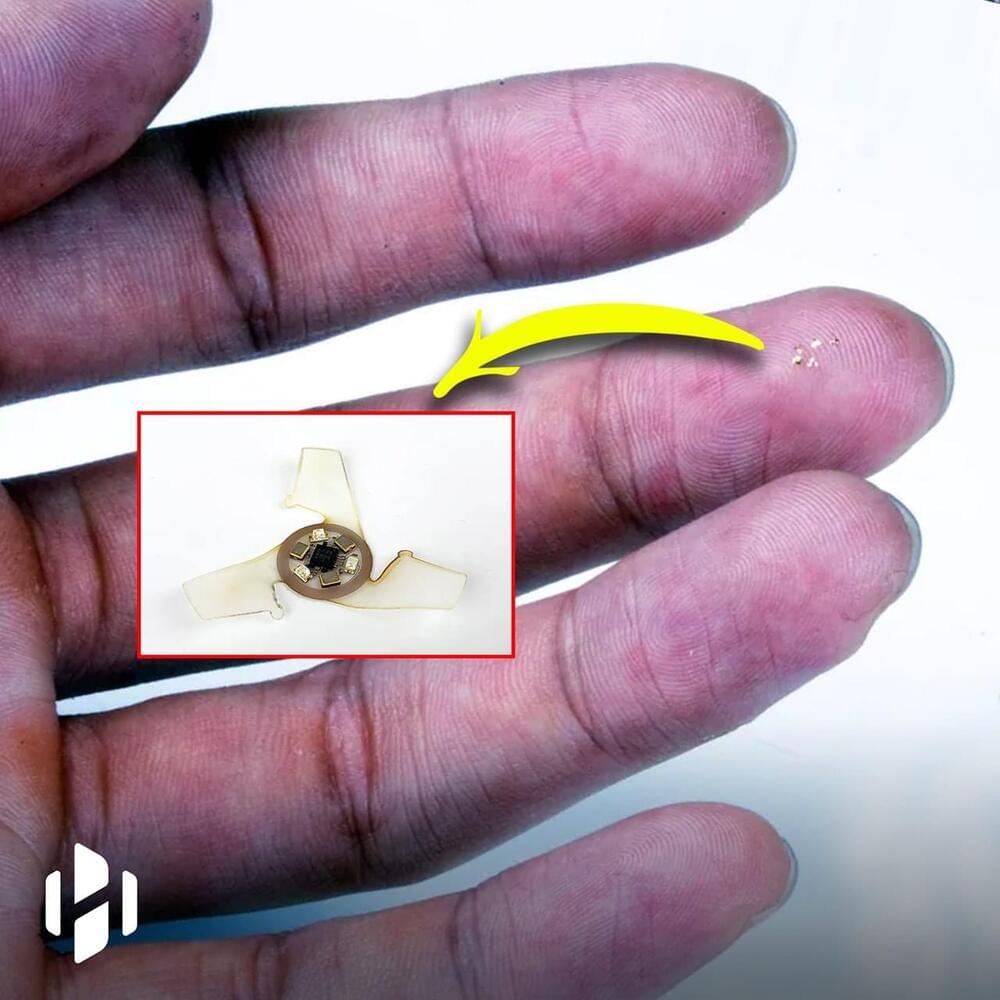
Category: computing – Page 545


Kagome Lattice Superconductor Reveals a Complex “Cascade” of Quantum Electron States
In a rare non-magnetic kagome material, a topological metal cools into a superconductor through a sequence of novel charge density waves. Researchers have discovered a complex landscape of electronic states that can co-exist on a kagome lattice, resembling those in high-temperature superconductor.
The Computational Cosmology group of the Department of Astronomy and Astrophysics (DAA) of Valencia University (UV) has published an article in The Astrophysical Journal Letters, one of the international journals with the greatest impact in Astrophysics, which shows, with complex theoretical-computational models, that cosmic voids are constantly replenished with external matter.
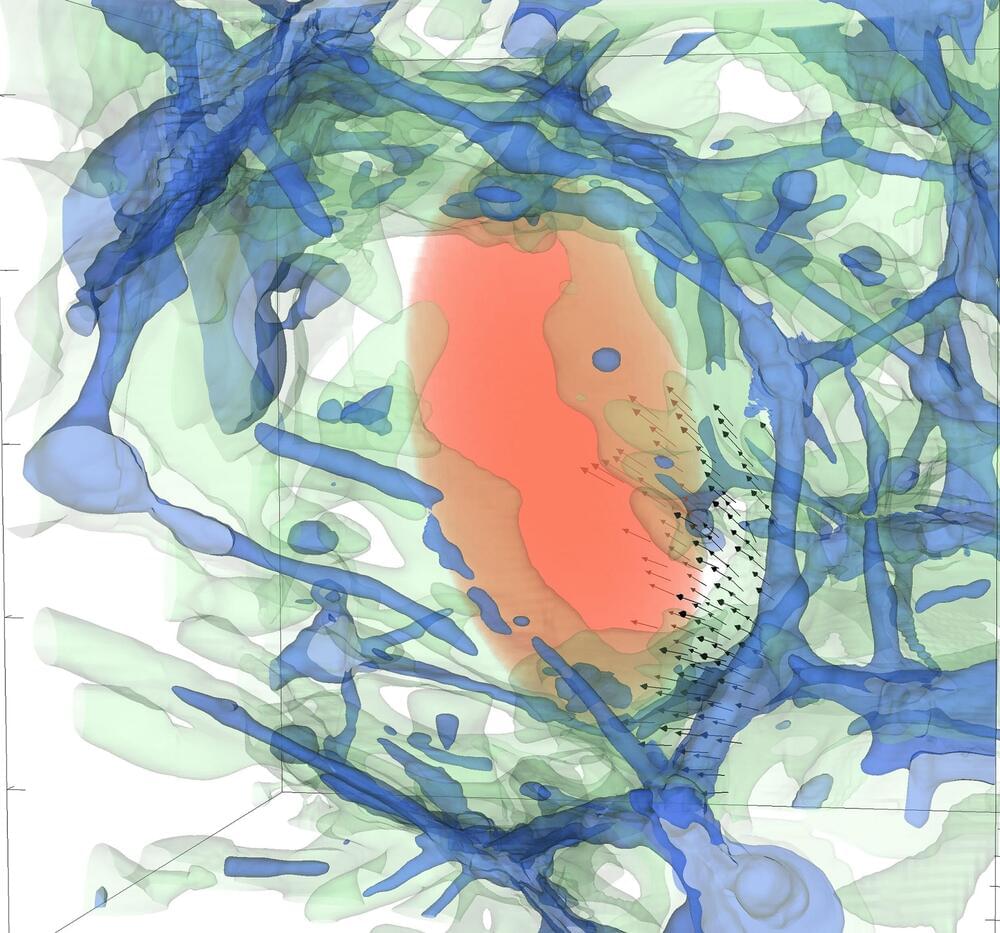
New research adds knowledge on the creation and evolution of the universe
The Computational Cosmology group of the Department of Astronomy and Astrophysics (DAA) of Valencia University (UV) has published an article in The Astrophysical Journal Letters, one of the international journals with the greatest impact in Astrophysics, which shows, with complex theoretical-computational models, that cosmic voids are constantly replenished with external matter.
“This totally unexpected result can have transcendental implications, not only for our understanding of the large-scale structure of the universe, but on the settings for the creation and evolution of galaxies,” explains Vicente Quilis, director at the DAA and head researcher for the project.
“Cosmic voids are the largest structures in the cosmos, and knowledge on their creation and evolution is essential to understand the structure of the universe,” says Susana Planelles, co-director of the research. Studying them as a physical occurrence has always been extremely complex precisely due to being large volumes with very low material content. From an observational point of view, analyzing the few existing items inside them is very hard, and the theoretical modeling of these occurrences is no less complex, which is why highly simplified descriptions of these structures are used.
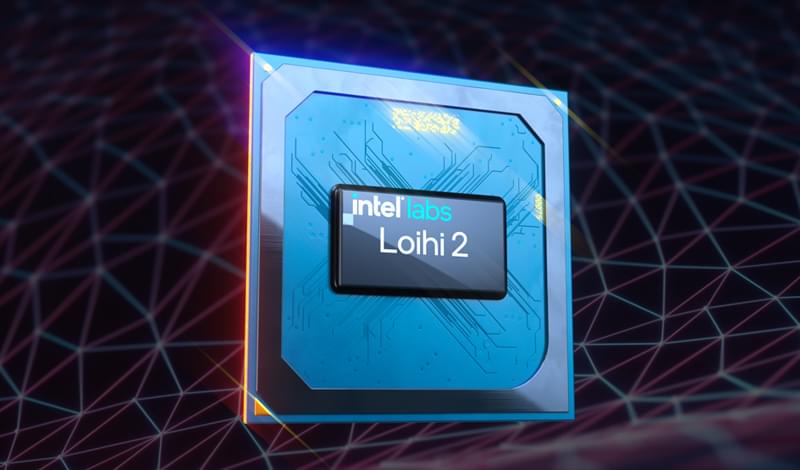
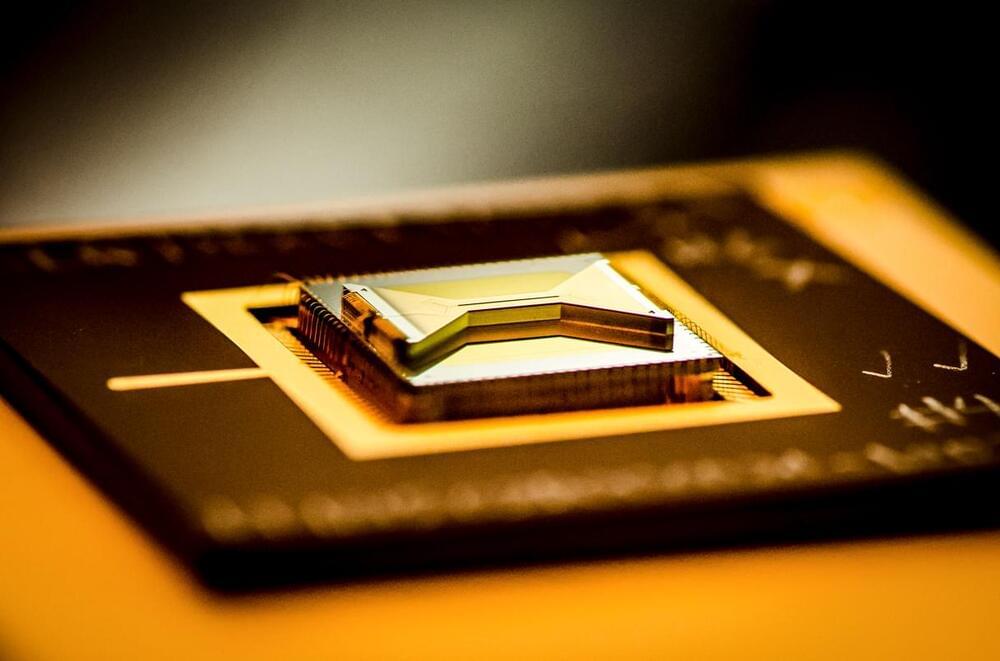
Physicists take a key step in correcting quantum computer errors
Most important, the encoded logical qubit performed better than the physical ones on which it depends, at least in some ways. For example, the researchers succeeded in preparing either the logical 0 or the logical 1 state 99.67% of the time—better than the 99.54% for the individual qubits. “This is really the first time that the quality of the [logical] qubit is better than the components that encode it,” says Monroe, who is cofounder of IonQ, a company developing ion-based quantum computers.
However, Egan notes, the encoded qubit did not outshine the individual ions in every way. Instead, he says, the real advance is in demonstrating fault tolerance, which means the error-correcting machinery works in a way that doesn’t introduce more errors than it corrects. “Fault tolerance is really the design principle that prevents errors from spreading,” says Egan, now at IonQ.
Martinis questions that use of the term, however. To claim true fault-tolerant error correction, he says, researchers must do two other things. They must show that the errors in a logical qubit get exponentially smaller as the number of physical qubits increases. And they must show they can measure the ancillary qubits repeatedly to maintain the logical qubit, he says.
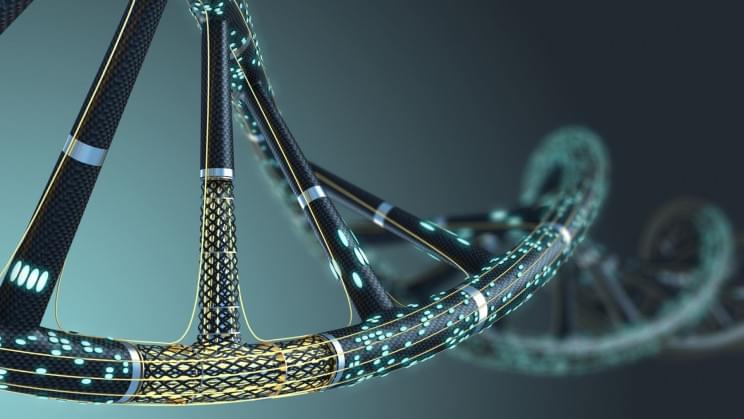
Scientists Have Successfully Recorded Data to DNA in a Few Short Minutes
Blowing older methods away, which can take hours and even days.
Global data production is estimated to reach 463 exabytes per day by 2025 — which is the equivalent of 212,765,957 DVDs per day, per the World Economic Forum.
Our existing data-storage systems, which can hold only so many 0s and 1s, and consume huge amounts of energy and space, cannot last us forever, putting us on the cusp of a serious data-storage problem that can only worsen over time. DNA-based data storage may come to the rescue as an alternative to hard drives since our genetic code is millions of times more efficient at storing information than current solutions. Now, in a breakthrough development, researchers at Northwestern University have devised a new method for recording information to DNA that takes minutes rather than hours or days.
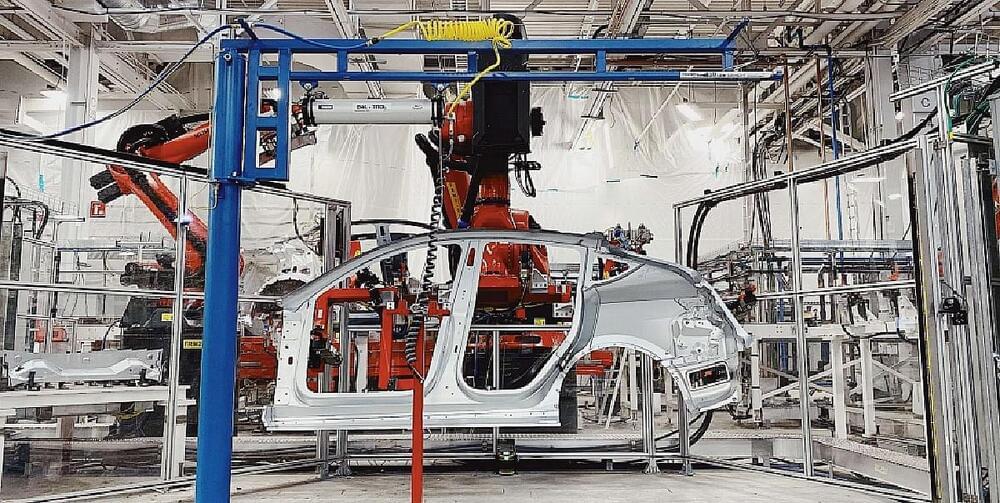
‘How did Tesla find chips?’ Morgan Stanley breaks down impressive Q3 delivery performance
Tesla’s impressive third-quarter delivery performance overshadowed the automotive industry’s ongoing struggle with the semiconductor chip shortage. Among all of the world’s automakers, Tesla has been basically the only car company to avert the crisis as it has not had any overwhelmingly public stoppages in vehicle production. Morgan Stanley’s new investor note, drafted by lead analyst Adam Jonas, examines Tesla’s ability to avoid detrimental production stoppages, which effectively helped the company capture its best quarter in company history.
Jonas titles Morgan Stanley’s most recent investor note, “How Did Tesla Find Chips?” In all honesty, this riddle was solved during the Q2 2021 Earnings Call, where Tesla stated in its Shareholder Deck that it used a combination of in-house microcontrollers to avoid any major catastrophes in the manufacturing of its vehicles. The company wrote:
“Our team has demonstrated an unparalleled ability to react quickly and mitigate disruptions to manufacturing caused by semiconductor shortages. Our electrical and firmware engineering teams remain hard at work designing, developing and validating 19 new variants of controllers in response to ongoing semiconductor shortages.”
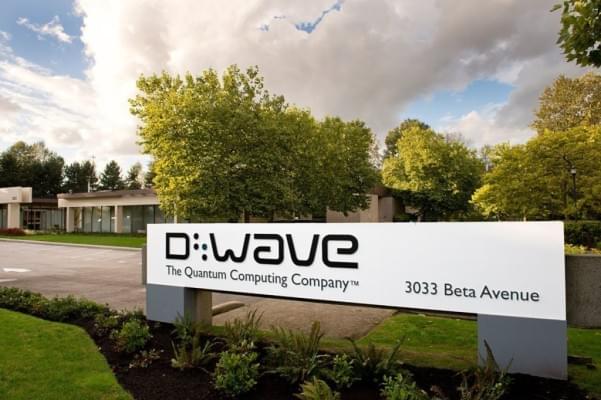
D-Wave plans to build a gate-model quantum computer
For more than 20 years, D-Wave has been synonymous with quantum annealing. Its early bet on this technology allowed it to become the world’s first company to sell quantum computers, but that also somewhat limited the real-world problems its hardware could solve, given that quantum annealing works especially well for optimization problems like protein folding or route planning. But as the company announced at its Qubits conference today, a superconducting gate-model quantum computer — of the kind IBM and others currently offer — is now also on its roadmap.
D-Wave believes the combination of annealing, gate-model quantum computing and classic machines is what its businesses’ users will need to get the most value from this technology. “Like we did when we initially chose to pursue annealing, we’re looking ahead,” the company notes in today’s announcement. “We’re anticipating what our customers need to drive practical business value, and we know error-corrected gate-model quantum systems with practical application value will be required for another important part of the quantum application market: simulating quantum systems. This is an application that’s particularly useful in fields like materials science and pharmaceutical research.”
Creating Wireless Signals with Ethernet Cable to Steal Data from Air-Gapped Systems
Researchers demonstrated a new data exfiltration mechanism on Air-Gapped computers that uses ethernet cables to generate wireless signals.
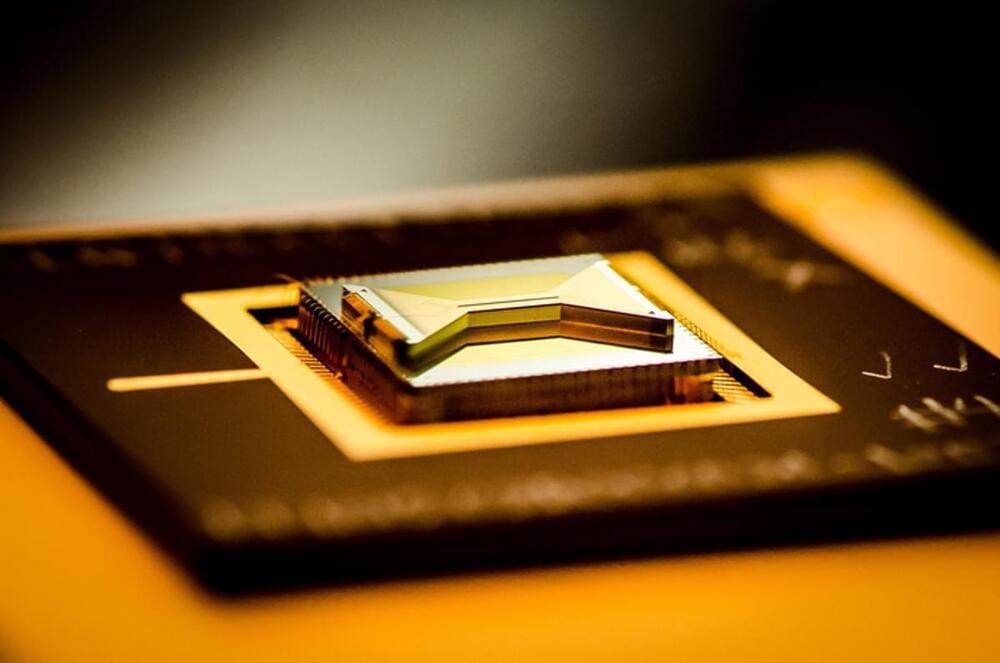
Quantum computer breakthrough as scientists show vital behaviour for first time
Scientists have demonstrated new behaviour, vital for the creation of quantum computers, that marks a major breakthrough.
For the first time, researchers were able to show in an experiment that a variety of quantum computing pieces, taken together, were more accurate than the sum of their parts.
Individually, quantum computers are built out of a range of different pieces, some of which can sometimes break. But in the new experiment, scientists showed that those pieces stuck together can be less prone to error than any particular part.